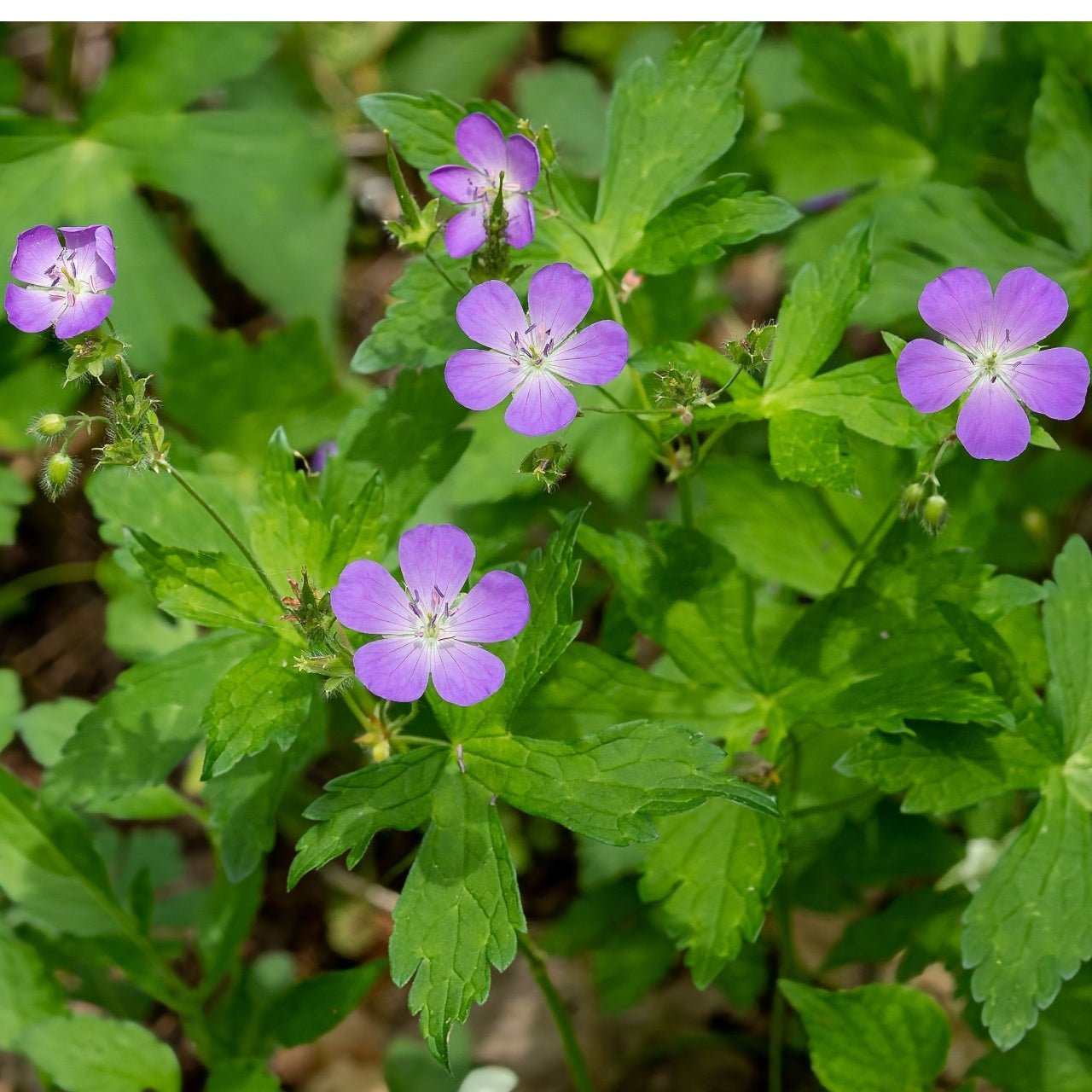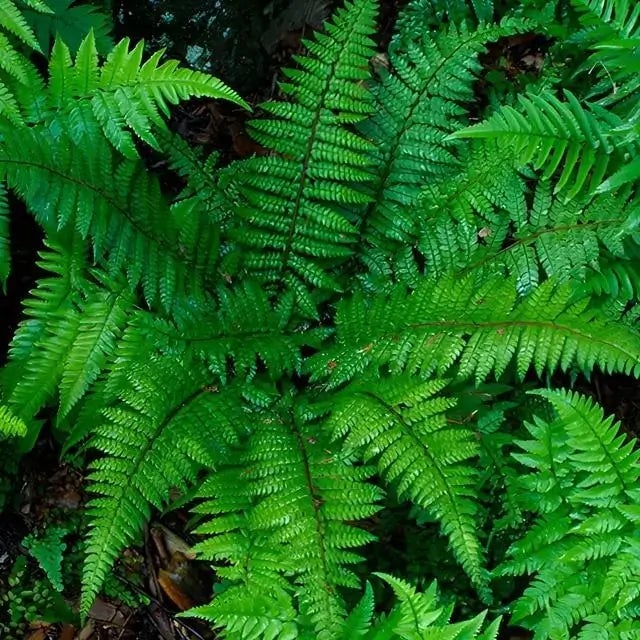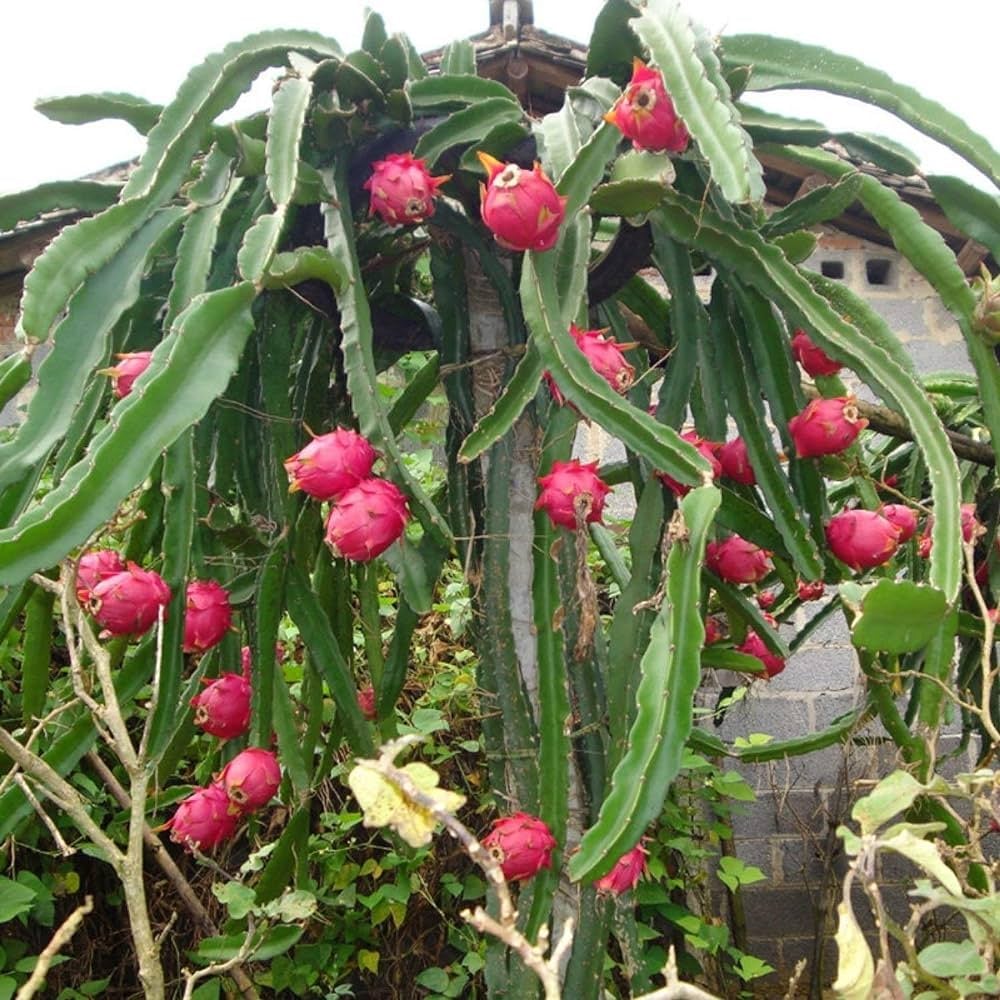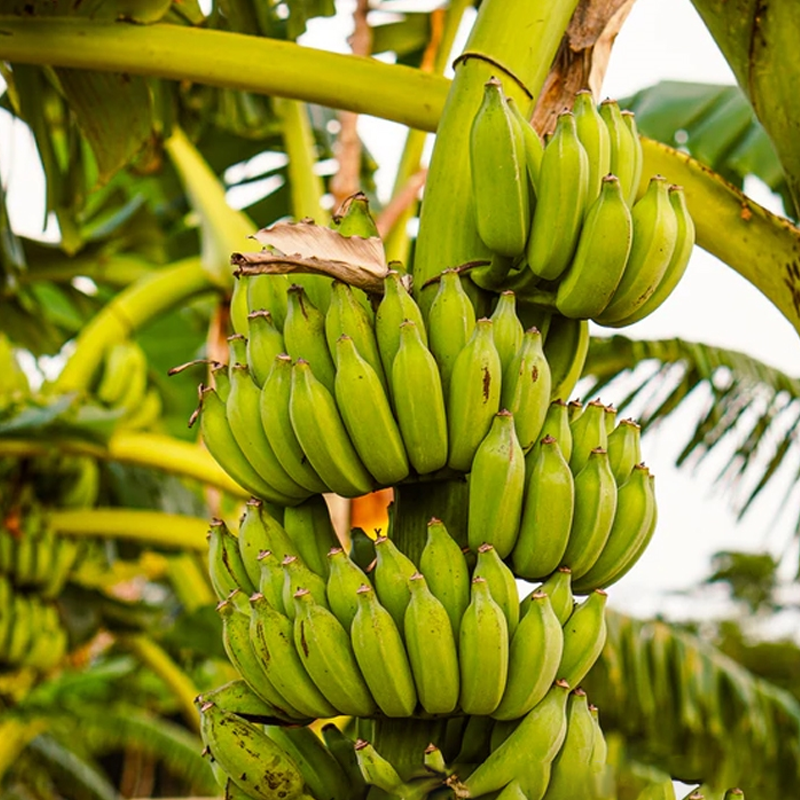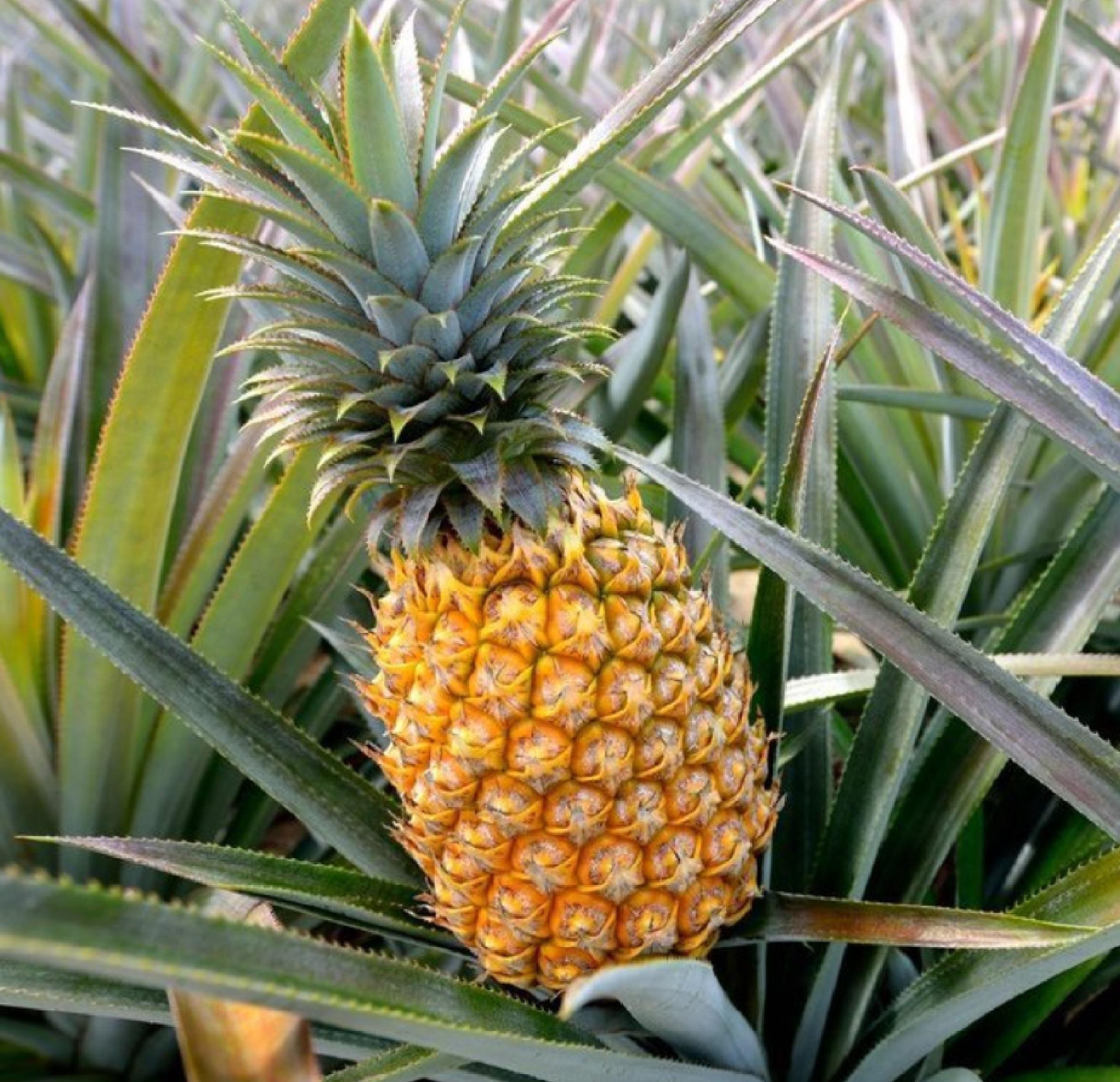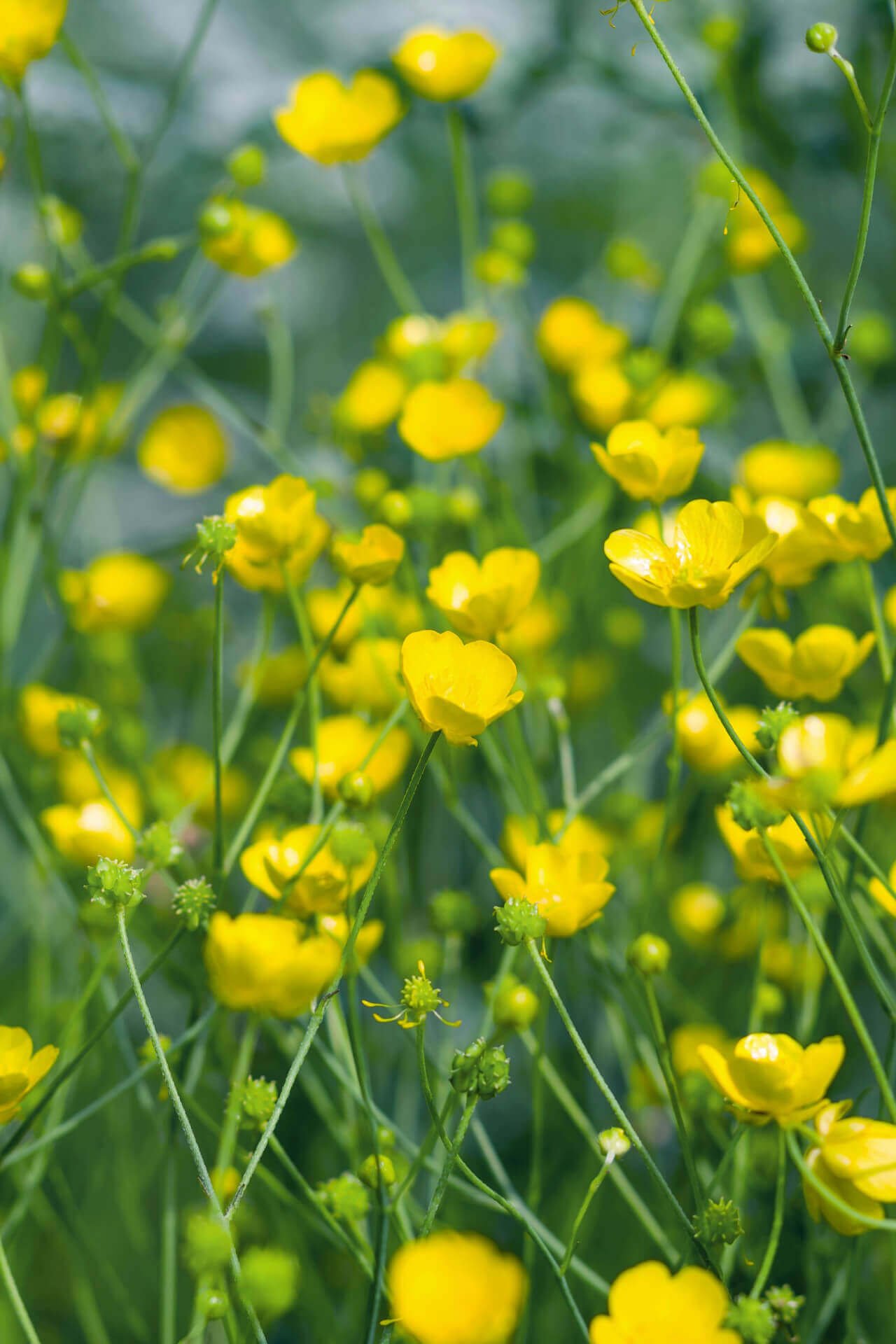

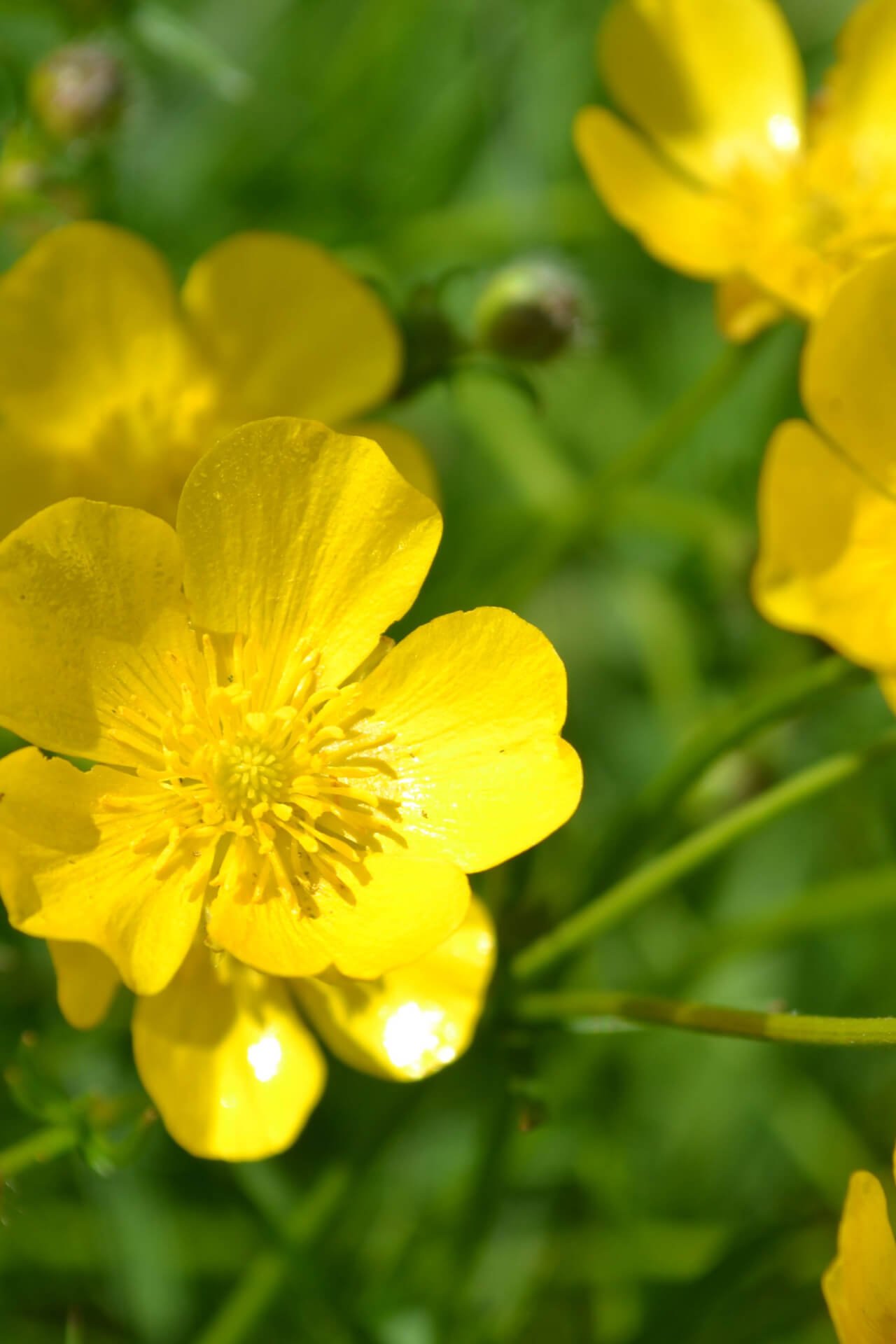

Hairy Buttercup
Natural ground cover option
Resilient in various climates
Supports local biodiversity health
Thrives in
ZONE 3ZONE 4ZONE 5ZONE 6ZONE 7ZONE 8This plant ships:
Ships Week of May 5th1 Year Guarantee on all plants
Hairy Buttercup: Ranunculus Sardous
Hairy Buttercup is a flowering perennial with bright yellow, cup-like flowers and leaves covered in fine, soft hairs. It adds charm to meadows and fields and can bring wild beauty to landscaping projects. This annual or biennial herb is native to Europe and can offer several advantages when strategically incorporated into garden designs.
Ranunculus sardous is a charming herb that makes a beautiful addition to any yard or landscape. Its dense foliage makes it perfect for revitalizing abandoned spaces and infusing new life into old soil. The Ranunculaceae family of plants hail from the Canary Islands, North Africa, and Europe, but they are widely available and make outstanding contributions to rustic and contemporary landscapes.
Hairy Buttercup Is A Fast Growing Perennial Ground-Cover
Their dainty green leaves have an enchanting, almost mythical quality. They bring a sense of peace and joy wherever they are planted. Because they grow abundantly, this plant can help control weed growth and promote a healthier landscape.
The tiny, fuzzy leaves from this plant's green stems make it a valuable and beautiful addition to home gardens. The bright yellow, five-petaled flowers that blossom during the spring bring a delightful burst of color that can easily complement existing blooms or add visual contrast to an earthy, green space.
The plants add a sense of wild beauty and meadow-like charm to a landscape, making them an excellent option for somebody who likes to improve their garden's health while increasing its visual appeal.
Hairy Buttercup works Well In Any Landscape
These annual or biennial herbs can work well in various landscapes. They tend to reward their growers with abundant growth and foliage even with minimal intervention. They tend to thrive fast, creating a lush carpet of flowering blossoms that attract critical pollinators to support flower growth and a healthy ecosystem.
Because they can fill a space without being overwhelmed, these wildflowers are excellent choices for those with ample space needing a solid ground cover. At the same time, the delicate appearance of the plants ensures that they do not overwhelm the surrounding landscape.
Add Beauty to Your Garden With This Native
Plating it in your garden allows you to add wonderous, natural beauty, texture, and visual interest with minimal effort. These energetic yet low-growing plants are quick to adapt to their new homes.
What type of fertilizer should be used for this plant
They may be grown with a general-purpose fertilizer; a 10:10:10 mix works well with this species. It should be used in small amounts in early spring and more in early summer to promote good growth and blossom.
Is it easy to maintain
The plant is undemanding and adapts well to a range of conditions. It needs occasional irrigation, grows best in well-drainage soil, and does not require serious pruning to stay healthy.
Can I grow it indoors
It grows better outside as it requires full sunlight and good aeration. It can be grown in containers but ensure it has access to light and should not be waterlogged.
What are some companion plants for it
Some fine partners are lavender, Yarrow, and any form of grass. Some of these plants need similar amounts of sun and soil, but they help create more contrast in the garden.
Where is it mostly found
It is recommended that the hairy buttercup be grown in full sun and in soils with good drainage, best in temperate regions. It can withstand some degree of drought and, therefore, can be used in rock gardens or xeriscaping.
This Is How Your Plants Will Look upon Delivery
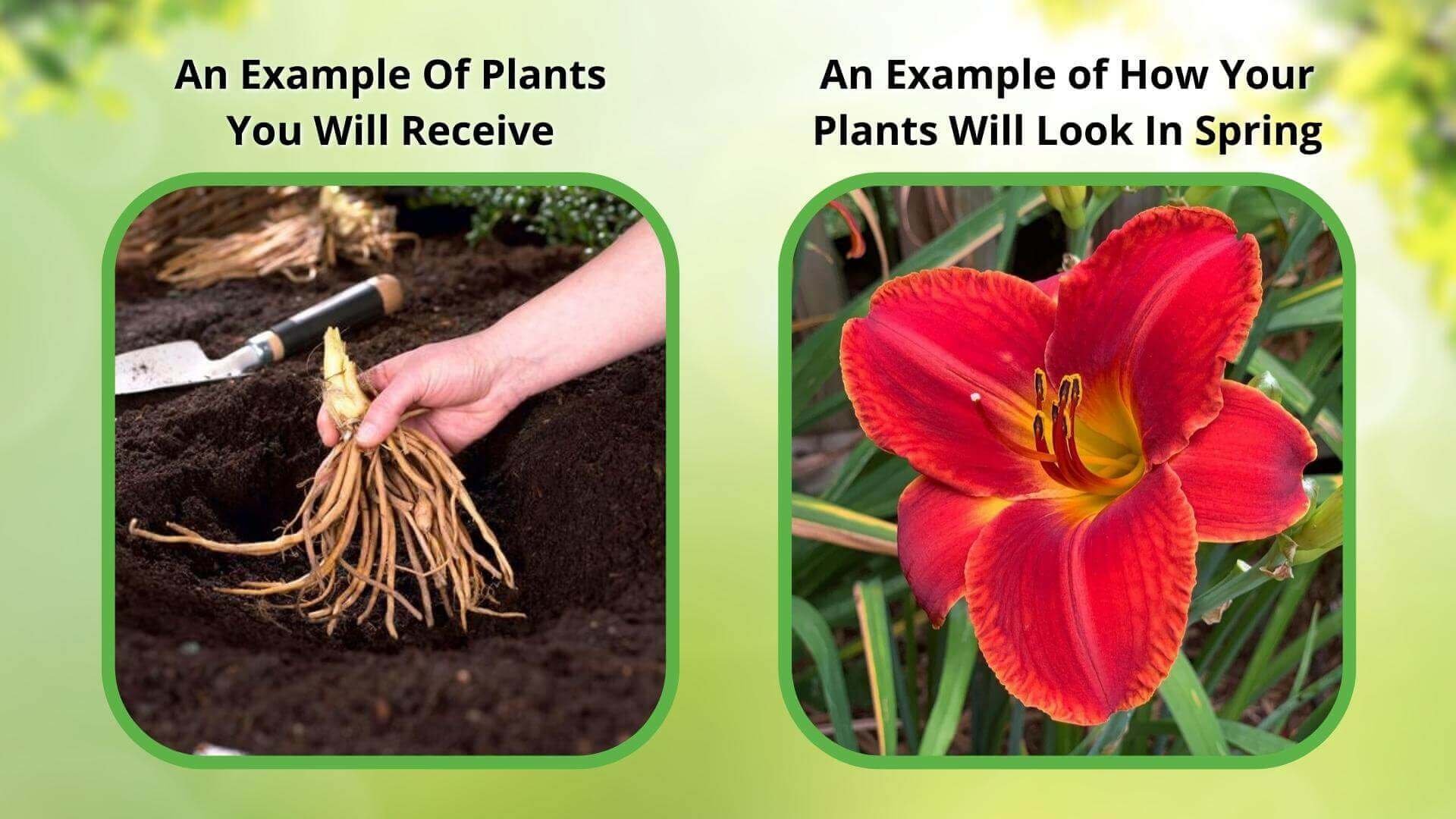
Bloom Season
Spring
Bloom/Foliage Color
Yellow
Height at Maturity
Under 12"
Care
Hairy Buttercup thrives in well-drained soil and needs frequent watering, especially during dry periods. Ensure the soil remains consistently moist but not soggy. Regularly check for pests and remove any dead or diseased foliage to maintain plant health.
Plant Reproduction
Hairy Buttercup spreads by seed
Shipping date depends on the date displayed and chosen when you order from the product's page.
We only accept returns on plants verified dead. If you think your plants have died, we offer a 1 year warranty, please use this File a Claim Link to verify dead plants and start with return warranty process.





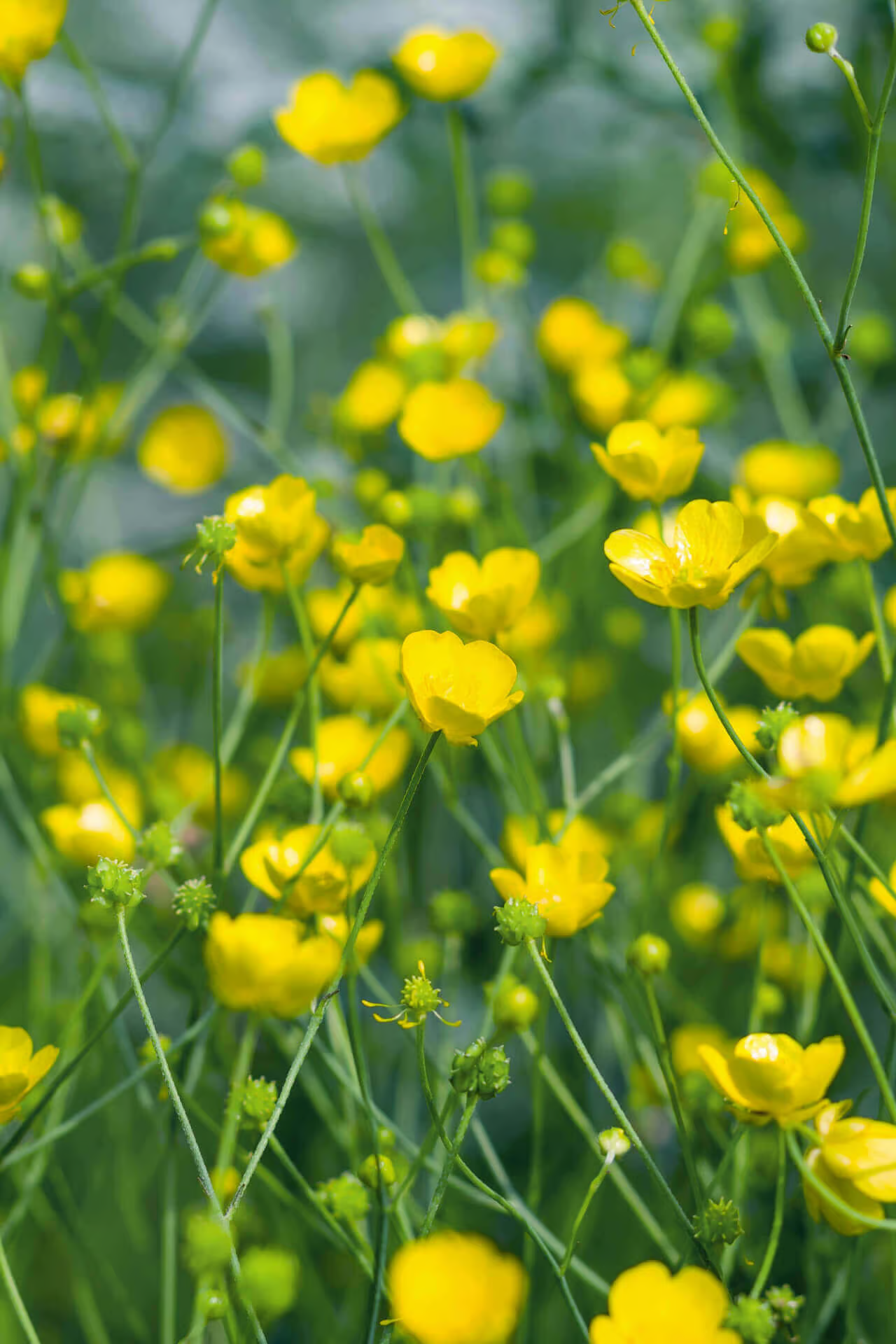
Bright Yellow Blooms:
Hairy Buttercup produces vibrant yellow flowers that add a cheerful splash of color to any garden.
Hardy and Resilient:
This plant is tough and can thrive in various soil conditions, making it a low-maintenance addition to your garden.
Ground Coverage:
Hairy Buttercup spreads easily, providing excellent ground cover and helping to prevent soil erosion.
Attracts Pollinators:
The flowers are attractive to bees and butterflies, helping to support a healthy garden ecosystem.
Caring Tips
How do I care for my Hairy Buttercup?
Each box contains detailed care instructions and information about your product. But here's the basics.
Care Tips
Hairy Buttercup thrives in well-drained soil and needs frequent watering, especially during dry periods. Ensure the soil remains consistently moist but not soggy. Regularly check for pests and remove any dead or diseased foliage to maintain plant health.
Light Requirements
Hairy Buttercup (Ranunculus sardous) thrives partially to fully in the sun. It favors bright light but can accept some shade. Ensuring adequate light exposure will help it maintain its vibrant yellow blooms and overall health.
Hardy Planting Zones
3 • 4 • 5 • 6 • 7 • 8
Header
Use this content to share information about your store and products.
Frequently Asked Questions
How often should I water my plants?
How do I know if my plant is getting too much or too little sunlight?
What should I do to prepare my plants for winter?
What are the signs that my plant needs fertilizing?
How can I prevent pests from damaging my plants?
How do I choose the right plant for my climate zone?


